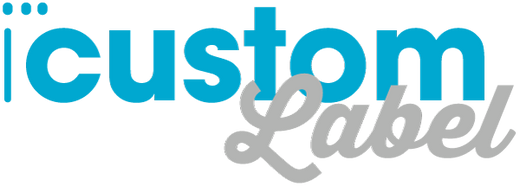How to Make Metal Signs: A Step-by-Step Guide
Metal signs are a popular choice for businesses, home decor, weddings, and events thanks to their durability, sleek look, and custom potential. Whether you're looking to DIY or have your signs professionally printed, learning how to make metal signs can help you create standout signage that lasts.
In this guide, we’ll walk through the types of metal signs, design options, production methods, and tips to ensure you get high-quality results.
Why Choose Metal Signs?
-
Durability: Resistant to weather, fading, and wear
-
Professional appearance: Sleek, clean, and modern
-
Customizable: From logos to decorative graphics and quotes
-
Versatile: Great for storefronts, weddings, gardens, home decor, or directional signage
Step 1: Choose the Right Type of Metal
Different types of metals offer different benefits depending on your use case:
1. Aluminum
-
Lightweight and rust-resistant
-
Available in brushed, white, or reflective finishes
-
Ideal for outdoor and indoor signs
2. Steel (Stainless or Galvanized)
-
Heavy-duty and industrial-looking
-
Long-lasting and corrosion-resistant
-
Great for commercial or rugged use
3. Tin or Sheet Metal
-
Thin and flexible for vintage or decorative signs
-
Often used for rustic home decor or signage art
Step 2: Design Your Metal Sign
Whether you're designing from scratch or using a template, consider the following:
1. Use a Vector-Based File Format
-
Software like Adobe Illustrator or Canva is great for sign design
-
Save your file as .AI, .SVG, or .PDF for clean edges
2. Include These Key Elements
-
Text: Keep it legible with bold fonts and high contrast
-
Graphics: Logos, icons, or illustrations
-
Color Scheme: Stick to 2–3 complementary colors for readability
3. Choose a Size
-
Common metal sign sizes: 12x18 in, 18x24 in, 24x36 in, 36x48 in
-
Custom sizing available at iCustomLabel
Step 3: Select a Production Method
1. UV Printing
-
Directly prints your design onto the metal surface
-
Vivid colors and waterproof finish
-
Ideal for signage with full-color artwork
2. Laser Cutting or Engraving
-
For text or designs cut into or etched on the surface
-
Sophisticated and long-lasting
-
Great for industrial, nameplate, or branded signs
3. Vinyl Overlay
-
Applies cut vinyl decals to a metal base
-
Cost-effective and easy to update
-
Suitable for short-term or decorative use
Step 4: Apply Protective Finishes (Optional)
-
Clear Coating or Laminate: Protects from UV rays and scratches
-
Matte or Glossy Finish: Choose based on your aesthetic
-
Rust-Resistant Sealing: Important for outdoor steel signs
Step 5: Add Mounting Hardware
-
Pre-drilled holes for screws or nails
-
Hanging wire or hooks for interior decor
-
Standoffs for a floating, professional look
Be sure to plan your display location and select the right mounting hardware for wood, drywall, or exterior walls.
Where to Order Custom Metal Signs
If you prefer a professional finish, you can upload your design and get it custom-printed at:
-
iCustomLabel – High-quality metal signage in various sizes and finishes
-
Local print shops or sign makers for in-person consultation
Ideas for Using Metal Signs
-
Business signage (indoor or outdoor)
-
Wedding signs (welcome signs, table signs)
-
Home decor (quotes, name signs, bar signs)
-
Garden or property signs (no trespassing, address plates)
-
Garage, shed, or man cave signs
Summary:
-
Choose from aluminum, steel, or tin for your metal sign
-
Design using vector files and bold fonts for clarity
-
Print using UV printing, laser engraving, or vinyl overlays
-
Add protective finishes and mounting hardware
-
Shop custom metal signs at iCustomLabel for a professional finish








Leave a comment